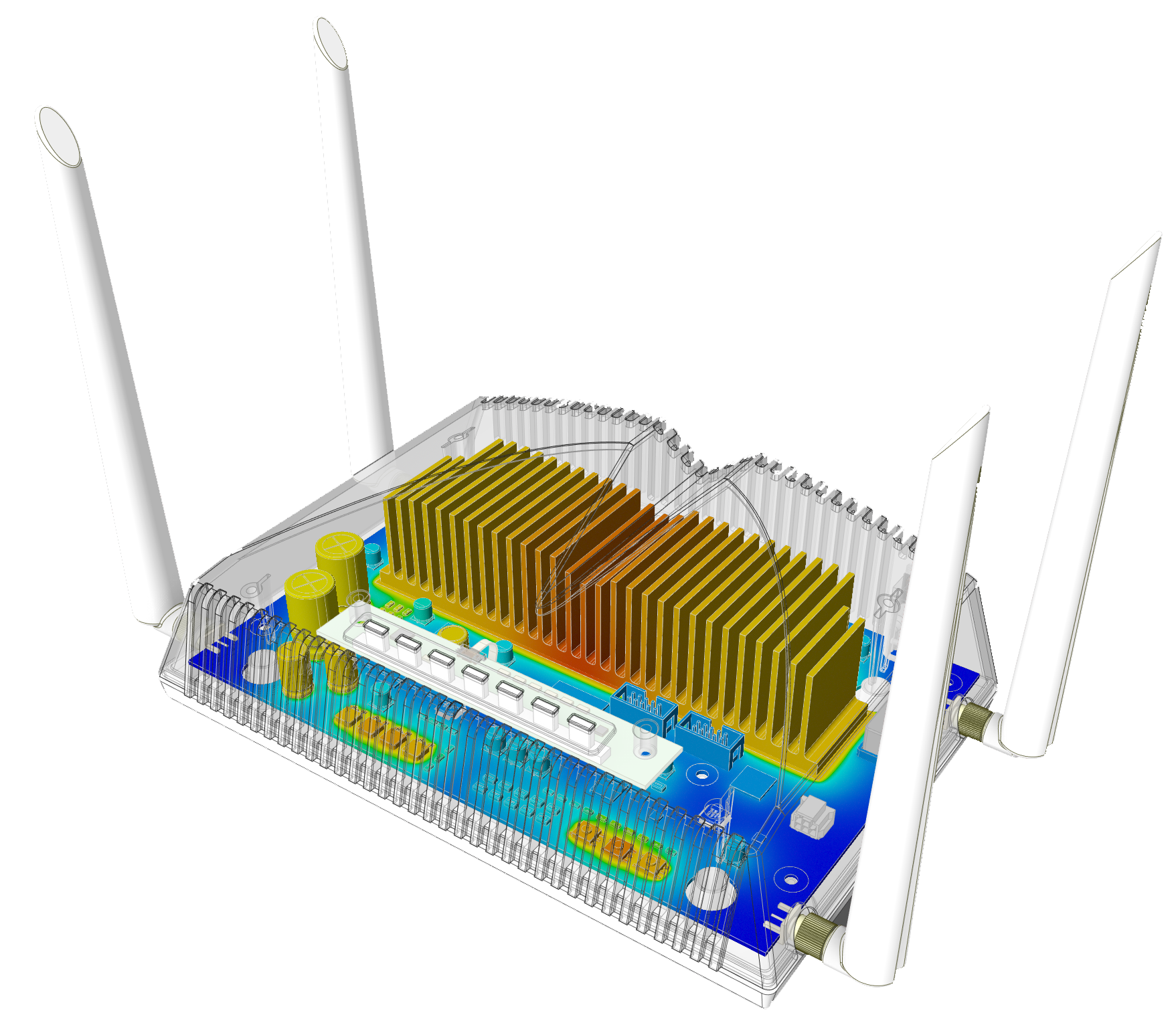Owner: Travis Jacobs | Publication date: 2017.
Field of expertise:
Methods:
Application area:
Industry:
Challenges
Under ideal circumstances most barbecue smokers work well. Still, when strong wind blows the smoke is sucked out and the temperature inside the smoker varies drastically. That results in an over or undercooked meat. Travis Jacobs is known to be a barbecue enthusiast. He was inspired to use CFD to design a smoker that could cook meat to perfection in any weather.
He was an independent analysis engineer, so he could not afford to spend unnecessary time and effort fixing faulty CAD designs. With the help of popular parametric solid modellers, he had to define a new geometry for each design iteration. While optimizing the design of a food smoker, Jacobs found that transferring ideas to a traditional CAD tool was frustrating and time consuming. He produced a design that he thought was ready for simulation, only to discover that it was riddled with geometry errors. It took weeks to fix the geometry and create a full simulation.
Jacobs Analytics’ startup company did not have the funds to create a large number of physical prototypes. However digital exploration through SpaceClaim enabled him to create a large number of design iterations before the prototype stage.
Engineering Solution
SpaceClaim has been integrated into his analysis workflow. Afterwards he was able to import and edit the CAD design for the food smoker without leaving the ANSYS simulation environment. He used SpaceClaim to modify the geometry in minutes instead of hours. And because of the tight integration between SpaceClaim, ANSYS Workbench, and ANSYS CFX, he was able to perform full simulations in hours instead of days or weeks.
Jacobs experimented with different types of flow restrictors and tried them under a wide range of wind conditions. He saved time in evaluating flow restrictors by simulating only the inlet and the flow restrictor. That took 15 minutes compared to the six hours it would have taken to run the complete model. The best flow restrictor designs were then simulated with the full model.
Using digital exploration guided by CFD results, Jacobs iterated to a design that maintains a high level of smoke and a uniform internal temperature regardless of weather conditions.
Benefits
Jacobs has changed his design system, starting with a fluid domain he optimizes then feeds back into the original design. He estimates he has reduced the time it takes for analysis preparation by 80 to 90 percent. So he can now spend that time on analysis and design iterations. By cutting out redundant processes, he is able to assist his clients in developing more ideas and innovations while speeding the time to market.
In one case, he saved a client $75,000 and reduced testing time from one year to just six months, while still generating 10x the number of design iterations.





